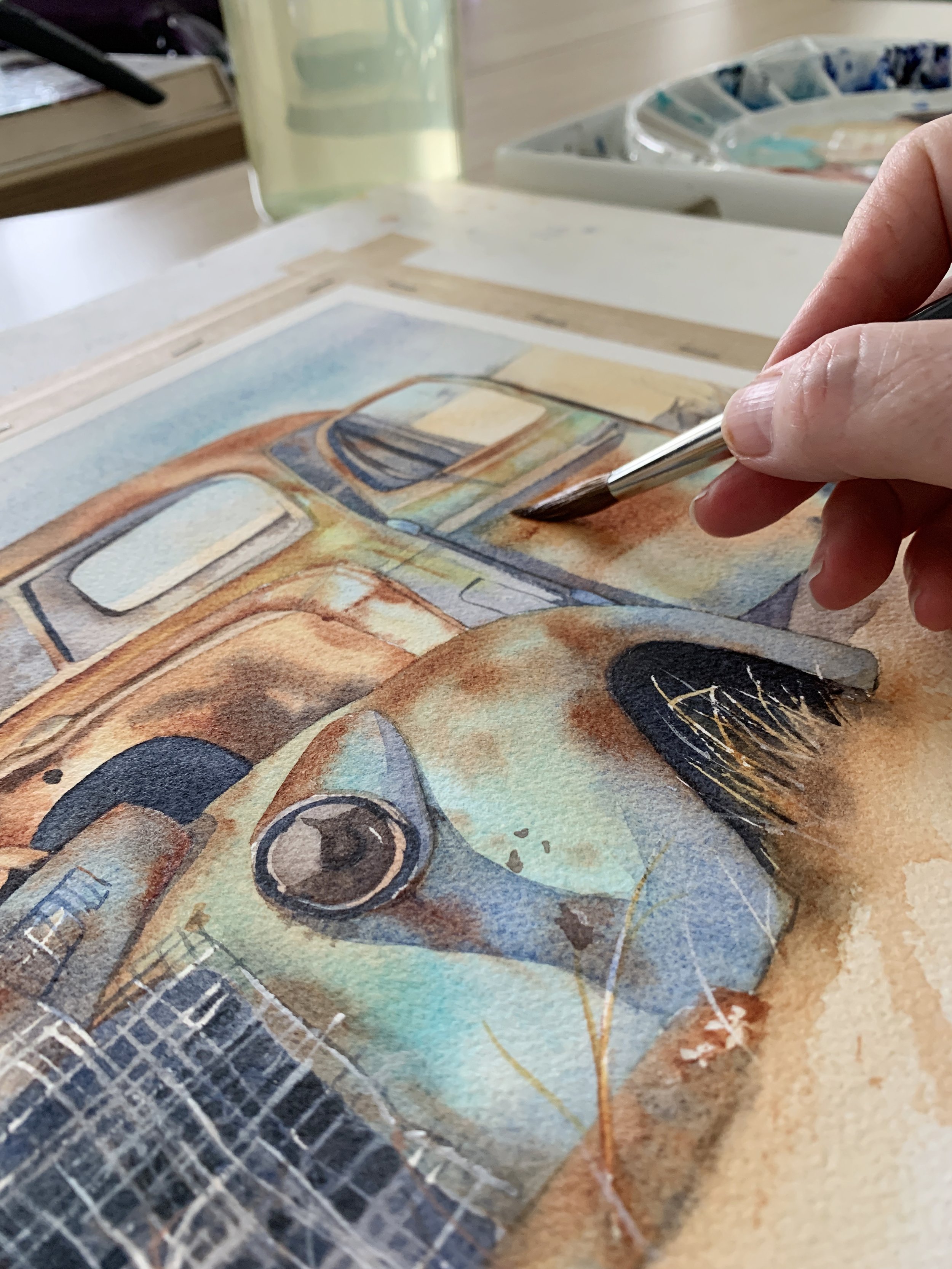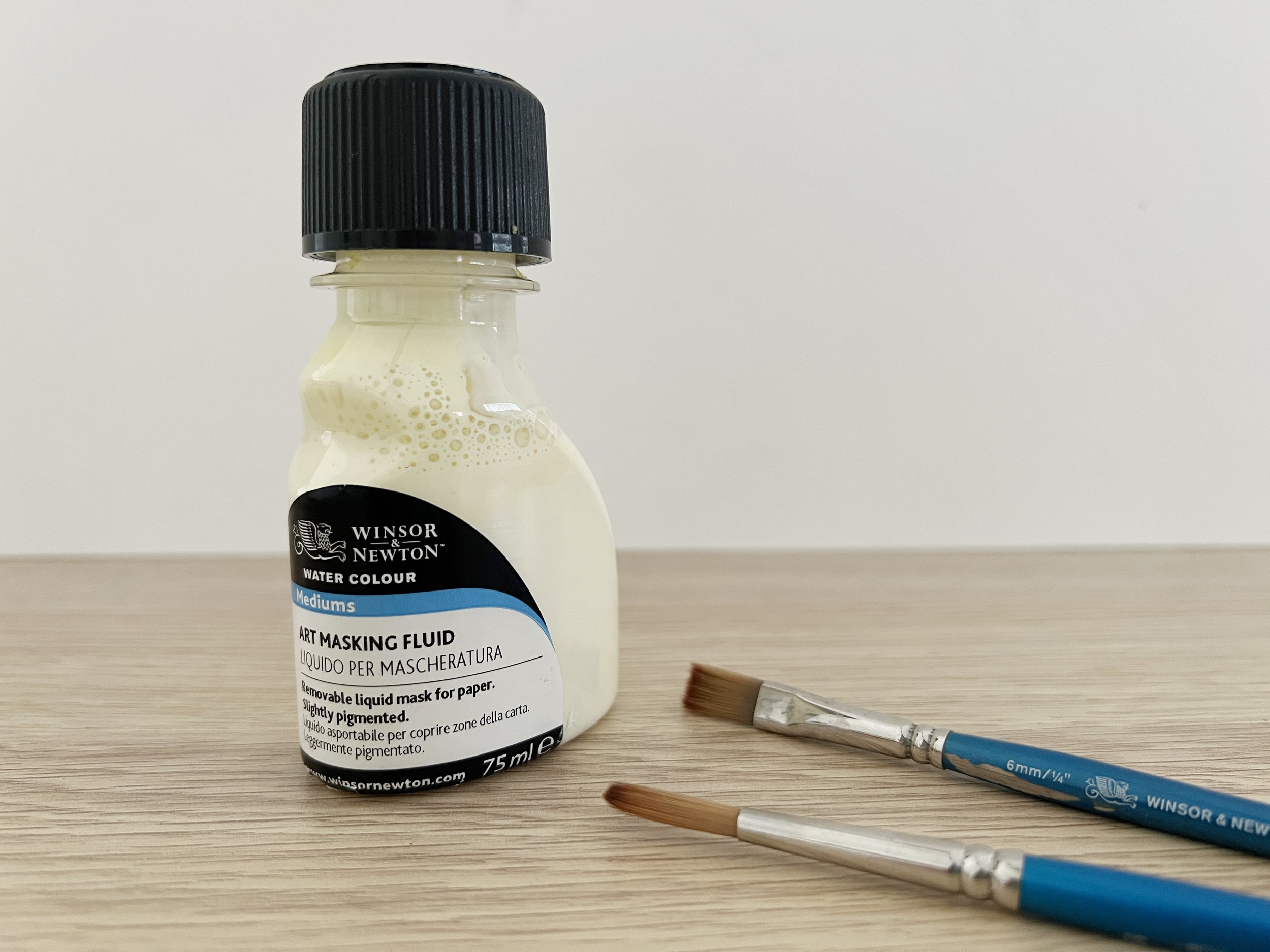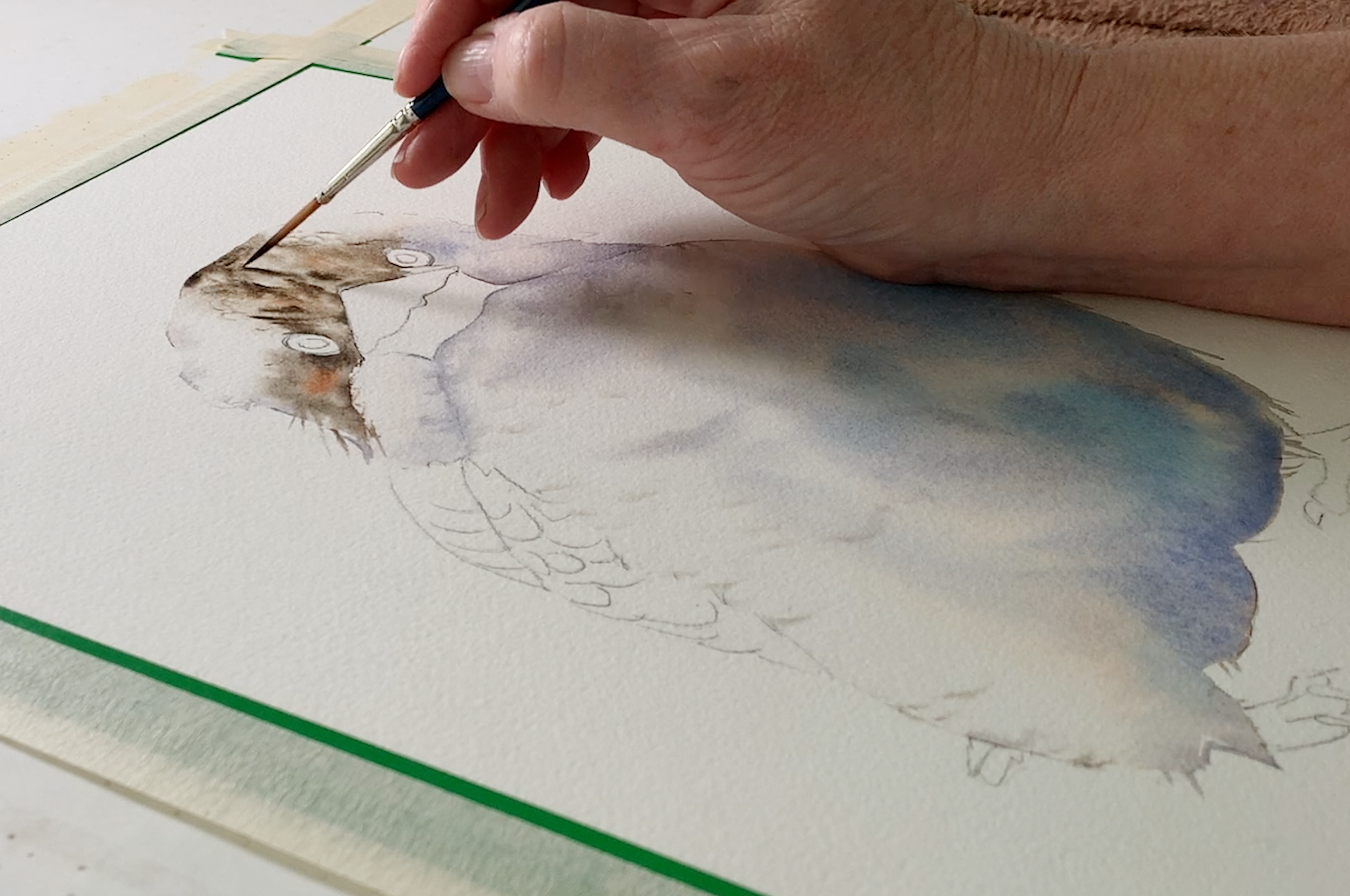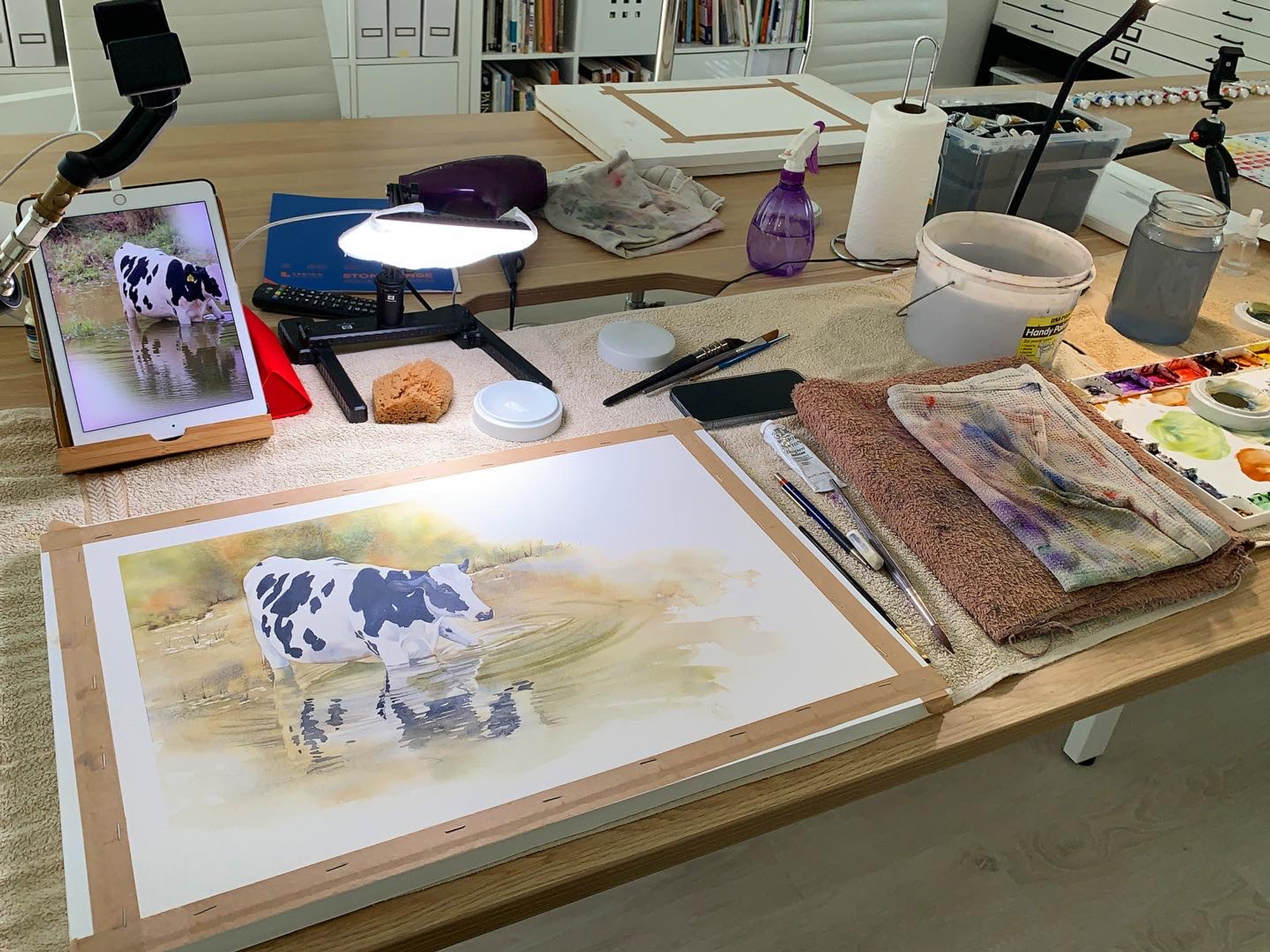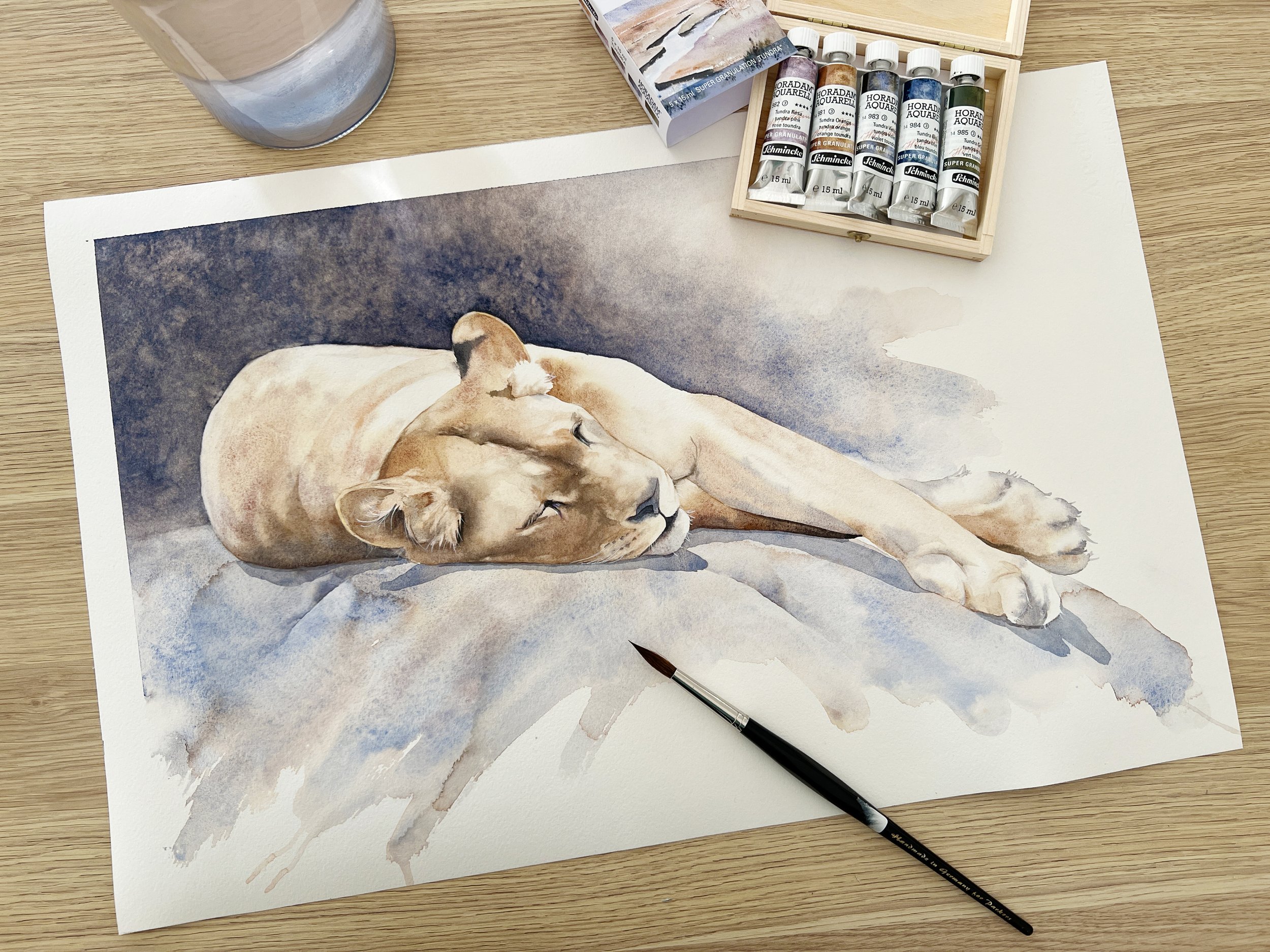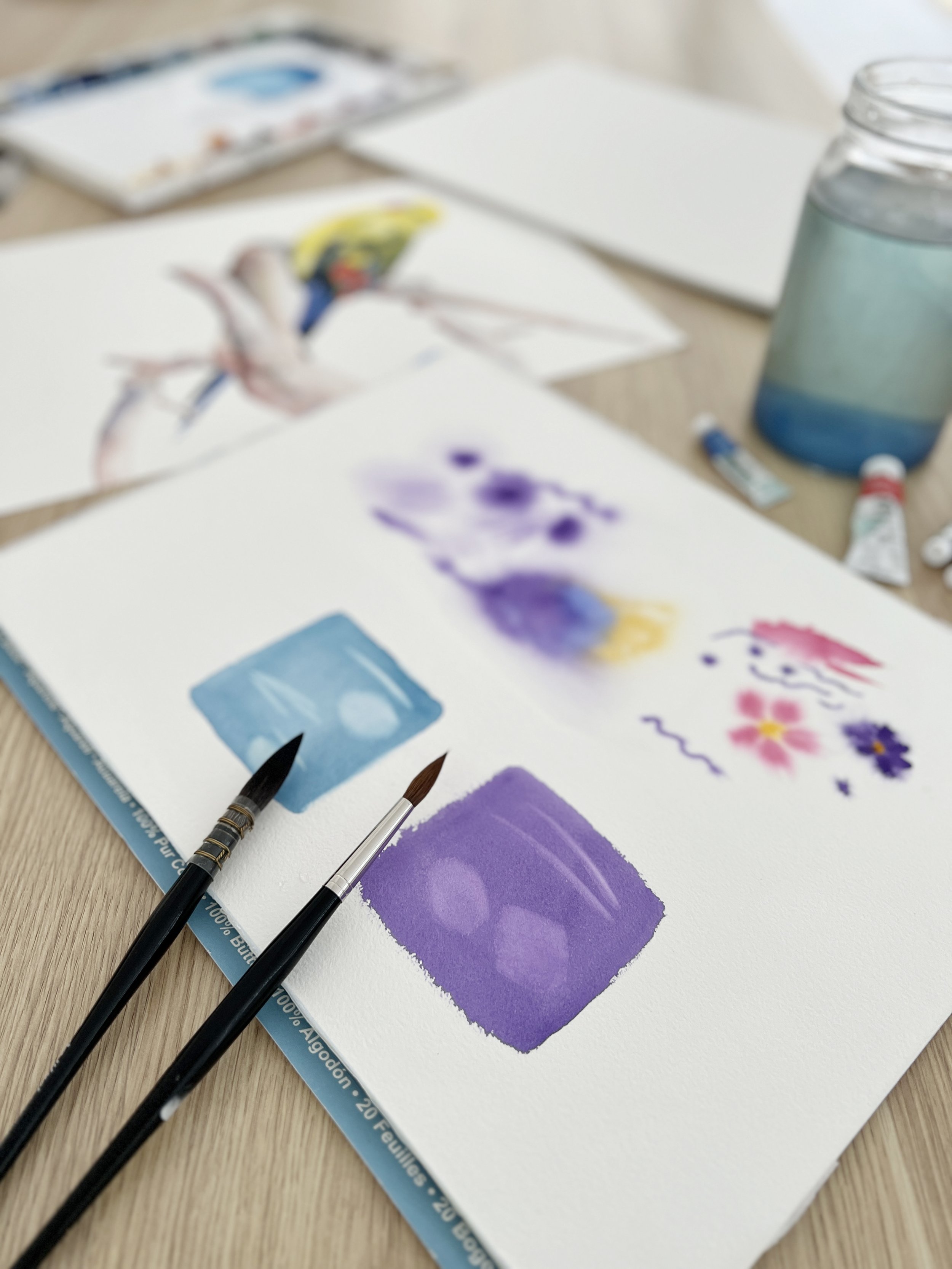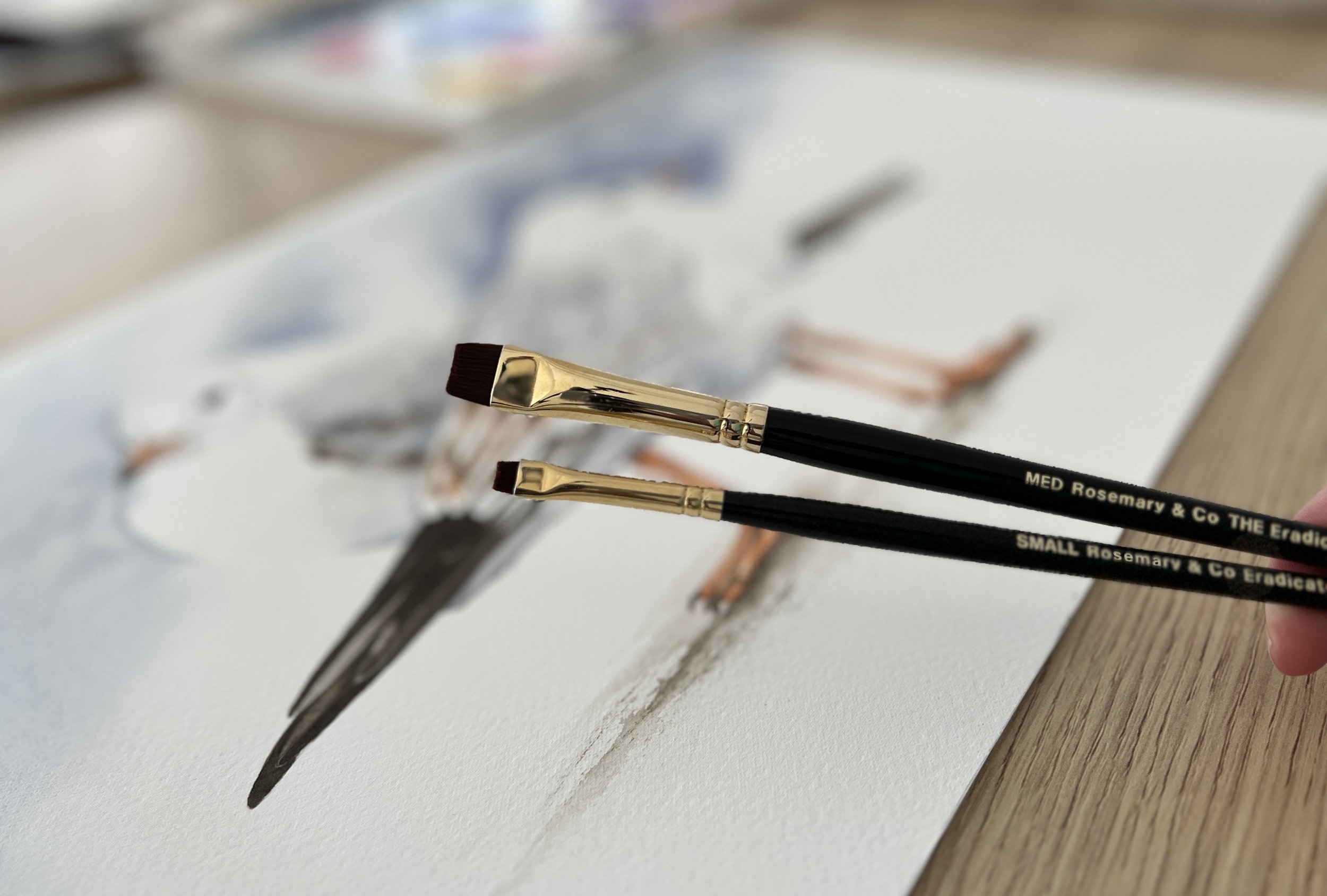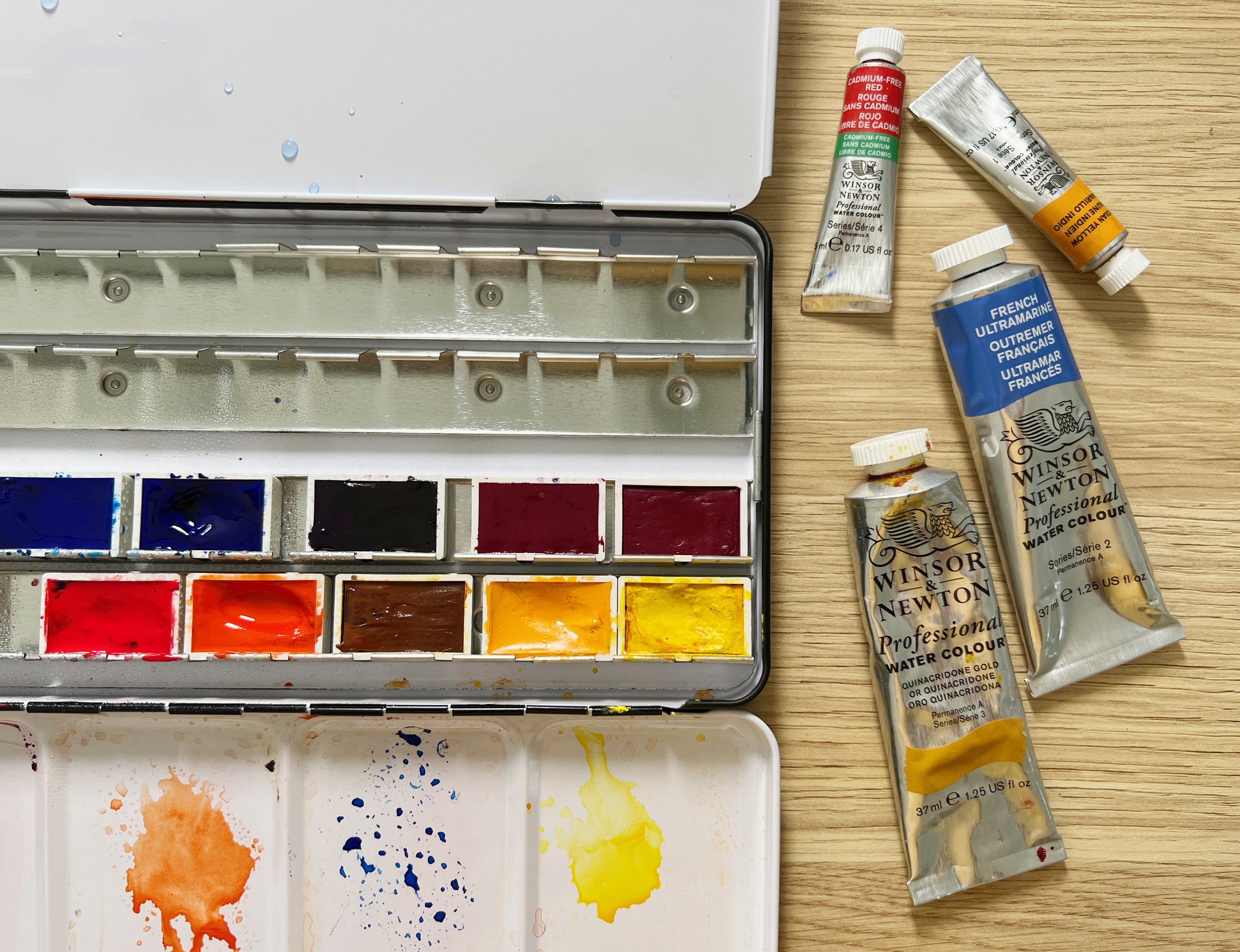Understanding why some pigments stain while others do not can feel a bit like unlocking a secret garden - once inside, everything seems vivid and clear. The behaviour of watercolour pigments, whether they are likely to stain or not, is deeply rooted in the characteristics of the pigments used in their creation. This variance can dramatically affect both the technique and final appearance of a watercolour piece.
Read MoreOnce our paintings are complete, we might refine the presentation by carefully trimming the edges, ensuring each stroke and splash is framed perfectly, enhancing the artwork’s visual appeal. Additionally, when our pieces are mounted for painting or display, cutting becomes essential to gently free them from their boards.
This meticulous attention to detail in paper cutting ensures our watercolour artworks are showcased with precision, embodying the true essence of our artistic intent.
Read MoreIn the realm of watercolour, the alchemy between artist and artist's supplies transcends the physical; it becomes a dialogue, a shared journey towards creation. Each tool and medium in my studio has been chosen not just for its quality, but for the unique voice it brings to this conversation. Let me share with you the essence of these relationships, the soul behind each choice, and the indispensable role these art supplies play in my art.
Read MoreSynthetic brushes are not only good for watercolour painting; they are an excellent choice for many artists. Their durability, versatility, and ethical production make them suitable for a wide range of watercolour techniques, from broad washes to fine details.
Whether you’re a beginner looking for a cost-effective way to start painting or a professional seeking reliable tools, synthetic brushes offer quality and performance that can meet—and even exceed—your painting needs.
Read MoreOne thing most watercolour artists try to avoid is making mud when they mix colours.
Muddy colours appear lifeless or lacking in vibrancy. To avoid making dull colours it's best to use transparent colours when you mix paint.
Opaque pigments, because they are heavier and denser, tend to become dull and lifeless when you mix with them, particularly when you mix two or more opaque pigments together. If you need to mix with an opaque pigment - pair it with a transparent pigment to avoid a thick and heavy mixture.
Read MoreBefore diving into specific colour substitutions, it's crucial to understand colour properties: hue, value, and saturation. These are universal, regardless of the brand. Hue refers to the colour itself, value to its lightness or darkness, and saturation to its intensity. When looking for a substitute, aim for a match in these three properties, and you'll be close to the original colour.
Read MoreSynthetic brushes are made from synthetic fibres such as nylon, Taklon, or a blend of synthetic materials. They are vegan and cruelty-free, appealing to those who prefer not to use brushes made from natural hair. They may not hold water as well as natural hair brushes but with advancements in brush technology, synthetic brushes now have improved water retention. They are generally more affordable than natural hair brushes, so if you are a beginner or you are on a budget, synthetic brushes are a good choice.
Read MoreUnderstanding the amount of water on your brush and its interplay with the paper is vital. Watercolour techniques like dry-on-dry, wet-on-dry, wet-on-wet, and dry-on-wet are not just techniques; they are the essence of watercolour painting. Each watercolour method allows for a different expression of water and pigment, and mastering these can elevate your art.
Many beginners may not use enough water on their paper. The brush should glide effortlessly over the paper for most techniques, except for dry brushing. Adjusting the water level in the paint mixture or in your brush, can help achieve the right flow.
Read MoreWhen it comes to applying masking fluid, your imagination is the limit. You can use synthetic brushes, ruling pens, silicone brushes, toothbrushes for splattering effects, sponges, bamboo quills and even fountain pens. Each tool brings its own unique magic to the paper.
Read MorePainting on Aquabord offers a unique experience compared to traditional watercolour paper. Watercolour paper encourages exploration and experimentation, striking a delicate balance between control and spontaneity. The paint dances over the wet paper, producing surprising and delightful effects.
However, painting on Aquabord requires a distinct and different approach. The clay surface is absorbent and it doesn't stay wet for long. When I use it, I have to change my normal painting method.
Read MoreTo test both of these mediums, I took two glasses and used two pipettes. In one glass, I put 5 drops of gum arabic, and in the other, I added 5 drops of ox gall. Then, I painted rectangles of each solution in my watercolour diary, alongside a rectangle using just plain water. I watched them dry, and indeed, the rectangles with the mediums mixed into the water stayed wet longer than the rectangle with plain water. However, the difference in drying time was marginal. Nevertheless, I was still hopeful that these mediums would make a difference to blending and drying times when I was painting.
Read MorePainting in watercolour is magical! I became captivated by it in 2011, and my excitement for it has not waned since then.
With its delicate washes, amazing luminosity, and unpredictable nature, once watercolour has you in its spell there is no turning back. Every brush stroke becomes an adventure as you watch the wet paint dance over the paper. There is no other medium like it.
Read MoreThe easiest way to tell whether a watercolour pigment is granulating is to look at a colour chart of the paints you use. The paint manufacturers indicate on their charts whether a pigment is granulating or not. You can buy the charts or you can go online and download them from the paint manufacturer's website.
Read MoreIt is possible to use gouache and watercolour together in a painting, but it is recommended to apply gouache towards the end of the painting process due to its reactivity with water. Also, as I mentioned, gouache is an opaque medium that can cover watercolour, whereas watercolour is transparent and cannot cover gouache.
Read MoreI find painting on watercolour blocks to be a frustrating process. Despite my best efforts, I often end up with puckered paper and the resulting hills and valleys make for an unpleasant painting experience. I paint with a lot of water though, so maybe if you paint with a drier painting process you might find them suitable to paint on.
Read MoreThis brush is perfect for creating highlights on a watercolour painting after the paint has dried.
It’s a flat, stubby brush with stiff bristles. It’s stiff enough to remove the dry paint but soft enough to not damage the paper.
Read MoreOne major difference between pan paints and tube paints is their form of packaging. Pan paints come pre-dried in a plastic or metal container where they can be easily stored, while tube paints are packaged in small containers with a twist-off cap that contains wet paint.
Read MoreKnowing these pigment codes can help you identify specific colours and their properties, including lightfastness, opacity, granulation and staining qualities. This information can be invaluable when selecting watercolour paints to create your artwork. It also enables you to mix colours accurately and hopefully achieve the desired results every time.
Read More






